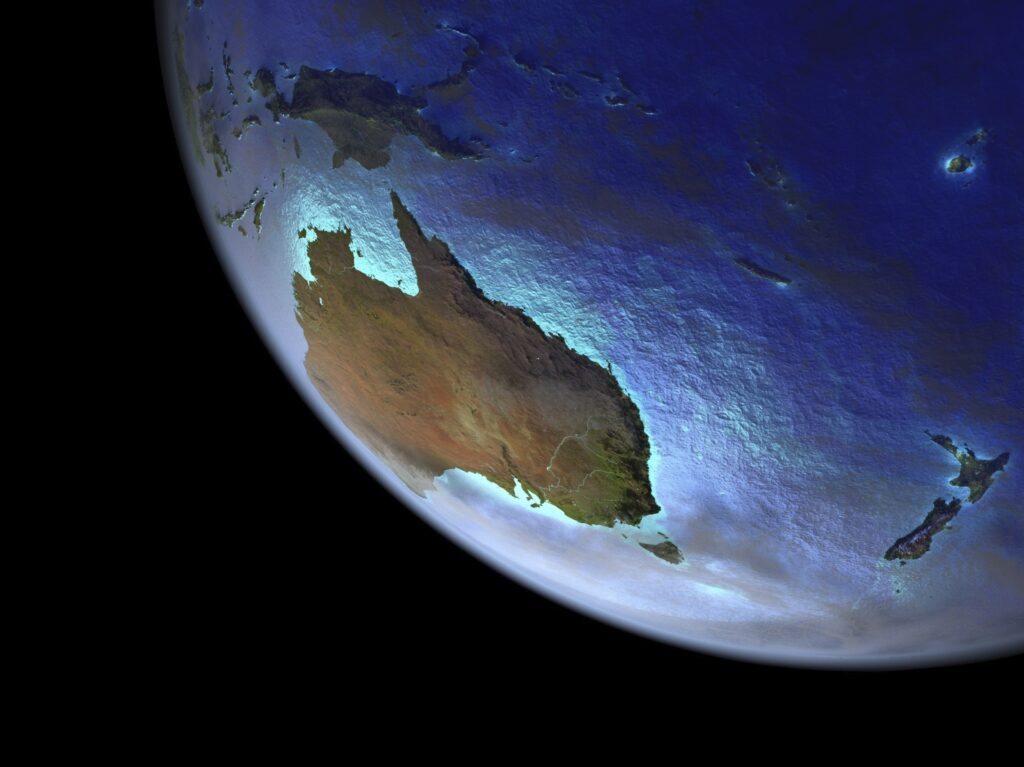CFCs could reveal life on other planets
- PostedPublished 10 September 2020
Biosignatures have long played a part in the search for other life in our universe. These signatures are chemical elements or substances, such as methane detected in the atmosphere of a planet, that are naturally produced by living organisms.
However, scientists at the Massachusetts-based Centre for Astrophysics and the University of Rochester are collaborating on a new study to search for technosignatures that might indicate extraterrestrial life.
Technosignatures come in many forms, ranging from basic radio transmissions to visible satellites, and are indicators of a society that possesses technology similar to or more advanced than our own.
The study, which is called Characterising Atmospheric Technosignatures, aims to search for different indicators of industrialised life – including pollutants.

“We pollute Earth’s atmosphere with our industrial activity,” said Jason Wright, professor of astronomy and astrophysics at Penn State University and a member of the new study.
“If another civilisation had been doing it for much longer than we have, then their planet’s atmosphere might show detectable signs of artificially produced molecules that nature is very unlikely to produce spontaneously, such as chlorofluorocarbons (CFCs).”
It’s hoped that the study, which been awarded the first NASA non-radio technosignatures grant, will identify what to look for. And, in time, perhaps answer if industrialised life exists or existed elsewhere.
- CategoriesIn SightGlass
- TagsCFCs, SightGlass News Issue 21

